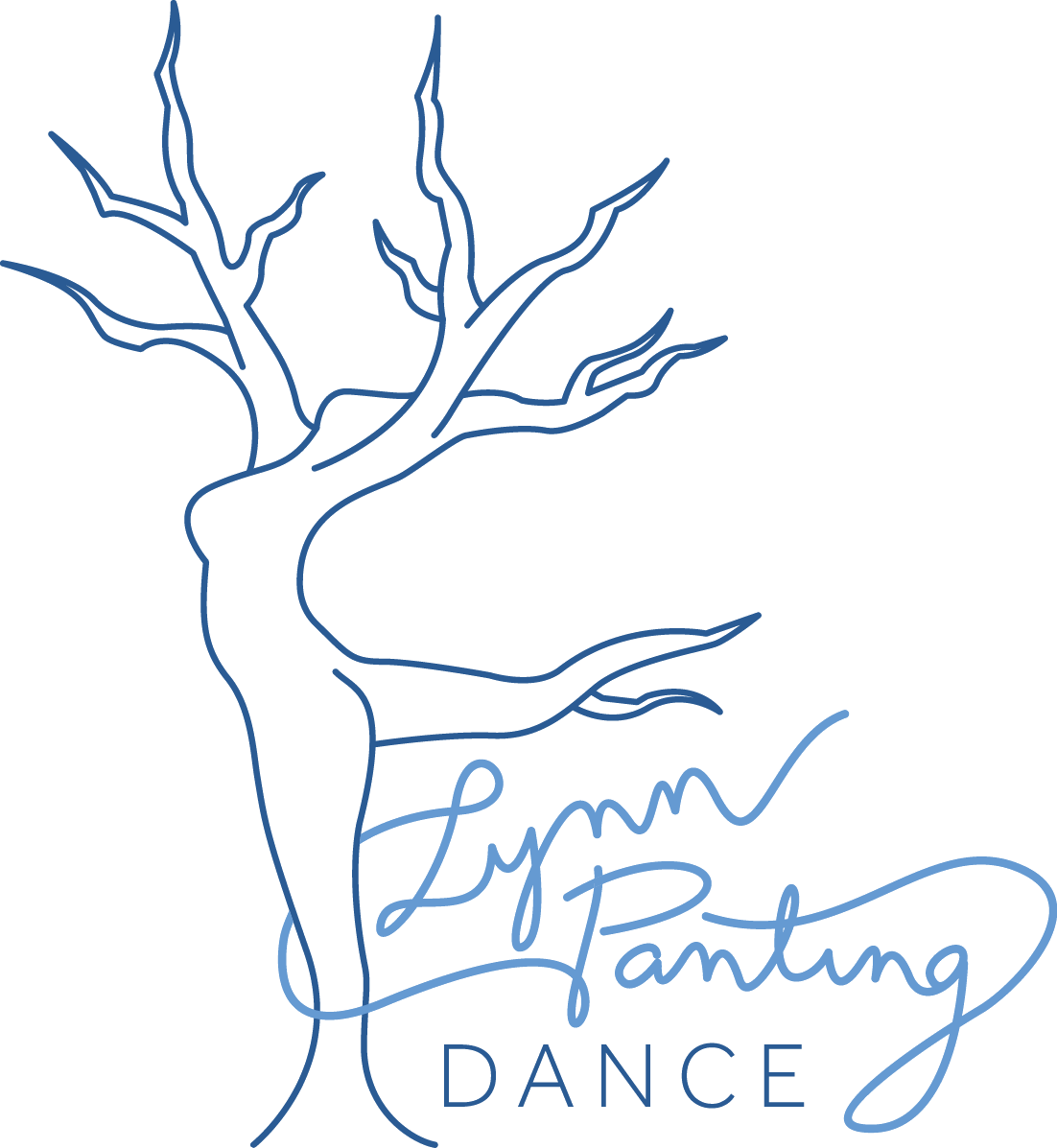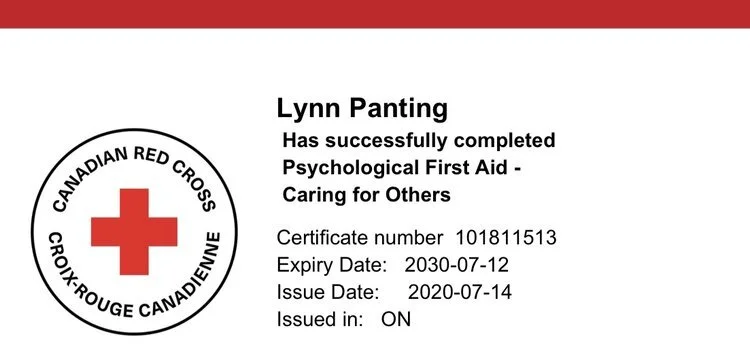
Approach
My approach is collaborative and human first. I believe that everyone in the room is a contributing, active artist. Further, I hold that centring ‘the human in the work’ allows for dynamic exchange, creative play, and deeper support of boundaries.
My mission is to make movement integrative across arts disciplines and to make both movement and art an integrative part of public life.
My practice is continuously evolving and adapting.
Approach to Movement Dramaturgy
As a movement dramaturg, I am a world builder. I am curious, I am an observer, and I am a challenger. I look at how time, space, relation, and movement quality may be leveraged to create a very specific time, place, and story.
Approach to Directing
As a director my job is curation. I am to assemble a group of performers, designers, and managers who can bring their talents and point of view to the production. I must then communicate a clear vision of the piece so that we can collaborate to achieve it.
Approach to Choreography and Movement Direction
As a choreographer and movement director, I am a “body designer”. I must consider how movement and forms on stage propel the story forward and serve the overall vision.
Approach to Intimacy Work
In intimacy work, I start with the purpose of contact and help broker vocabulary and set blocking that serves the purpose and respects boundaries.
What Collaborators are Saying
"[Lynn] is a thinking artist always seeking to serve each piece and move it towards its best and most realized version.”
-Kyle McDavid & Tim Matson, Best Kind Productions
"... [Lynn] possesses, beyond her great choreographic talent, one of the most important skills that an artist needs in any artistic collaboration. She has that ability to intuit what her fellow collaborators need before they can say it."
-David Ferry
“I love collaborating with Lynn because she has so much knowledge and experience in multiple forms of artistic expression and is skilled in building processes that facilitate all artists involved to bring their best and most innovative ideas to the table.”
-Nicole Rousseau, RCAT, Bare Boards Productions
“It was a gift to collaborate with Lynn. Her honest, caring, and careful approach to choreography and dramaturgy boosted my confidence as a first-time choreographer and added a beautiful polish to our performance. Helping people shine is her specialty.”
-Kim White
“Movement has become a core part of my acting process because of Lynn’s ability to direct my body towards transformation.”
-Erika Squires
“Lynn’s attention to detail and her sensitivity to character truth as well as actor comfort make her an excellent collaborator in the room. She is responsive to the needs of the show, to time, to budget, as well as a deeply reliable eye in the room.”
-Danielle Irvine, Perchance Theatre
Expectations in the Room
Openness
come into the room with an open mind, open heart, and curiosity
Context
the rehearsal room and performance space is a workplace
physical contact occurs within the context of the work, but not outside of it
Disclosure
it is essential that individuals communicate their boundaries so an appropriate framework and vocabulary can be established
a private conversation might be necessary to discuss triggers and/or pre-existing conditions
Empowerment
each individual is empowered to set and communicate boundaries
Enthusiastic Consent
If it’s not “hell, yes!”, it’s “no”
Best Practices
all artists are entitled to perform their duties in a harassment-free work environment
all artists including the director/producer are responsible for fostering a harassment-free work environment
all artists are entitled to a safe and accessible resolution process for complaints
Harassment is defined as any objectionable or offensive behaviour that is known or ought reasonably to be known to be unwelcome. Harassment may be intended or unintended.
Examples of possible harassment include, but are not limited to:
verbal abuse, yelling, and/or making threats;
making degrading or offensive comments, gestures, or jokes;
spreading malicious gossip or rumours;
inappropriate communication through social media, e-mail, or instant messaging;
actual or threatened physical contact or assault;
bullying or intimidation (e.g. sabotaging work equipment, interfering with someone’s ability to perform their duties, exclusionary practices, etc.).
Recommended Self-Care
hydration
nutrition
regular body movement
rest
deep breath/ meditation
epsom salt bath
acute injury to be treated by rest, ice, compression, elevation- recommended: professional medical consultation
chronic injury to be treated by rest, heat and/or ice- recommended: professional medical consultation and ongoing treatment
NL Emergency #s
Medical Emergency 911
Newfoundland and Labrador HealthLine 811
Mental Health Crisis Line (texting option available) 988
Mental Health Crisis Line 24 hour 1-888-737-4668
Psychological First Aid
In July 2020 Lynn Panting completed the Psychological First Aid - Caring for Others course through the Canadian Red Cross






